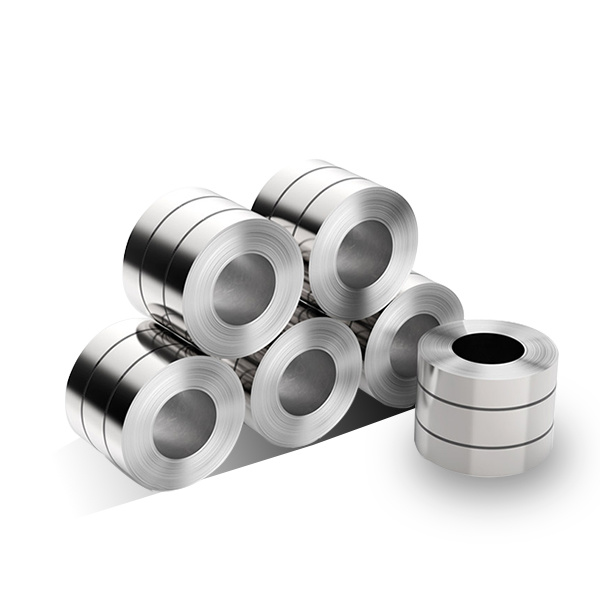
304 Stainless Steel Coil
304 stainless steel is a superior material with regard to corrosion resistance, heat resistance, low temperature strength and mechanical properties, as one of the most widely used types of stainless
Stainless Steel/Carbon Steel/Aluminum/Alloy Steel/Copper

304 stainless steel is a superior material with regard to corrosion resistance, heat resistance, low temperature strength and mechanical properties, as one of the most widely used types of stainless
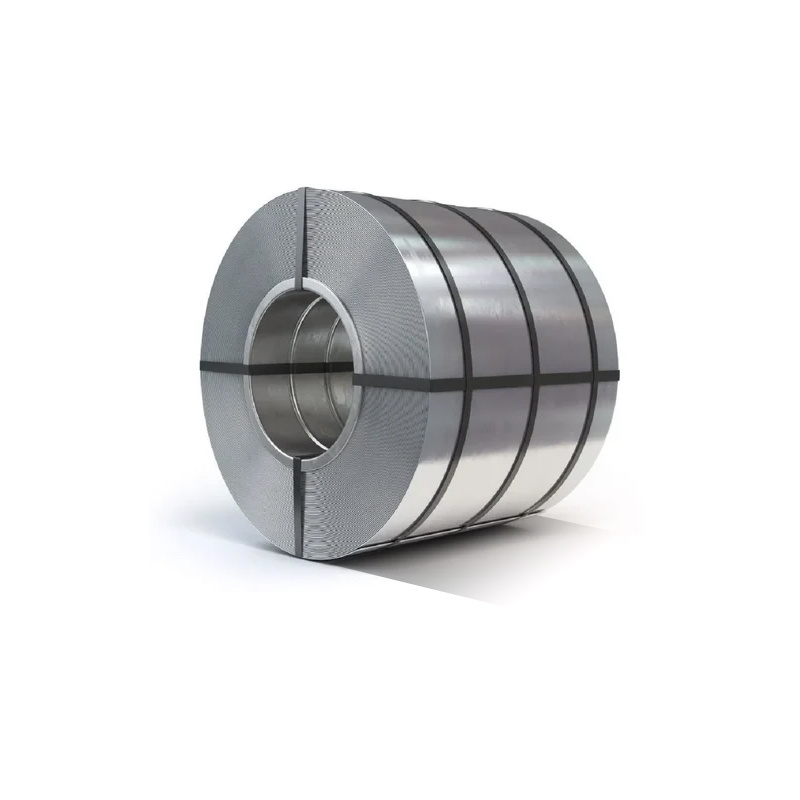
310S stainless steel is austenitic chromium-nickel stainless steel, with good oxidation resistance, corrosion resistance, because of a higher percentage of chromium and nickel, so that it has much better creep
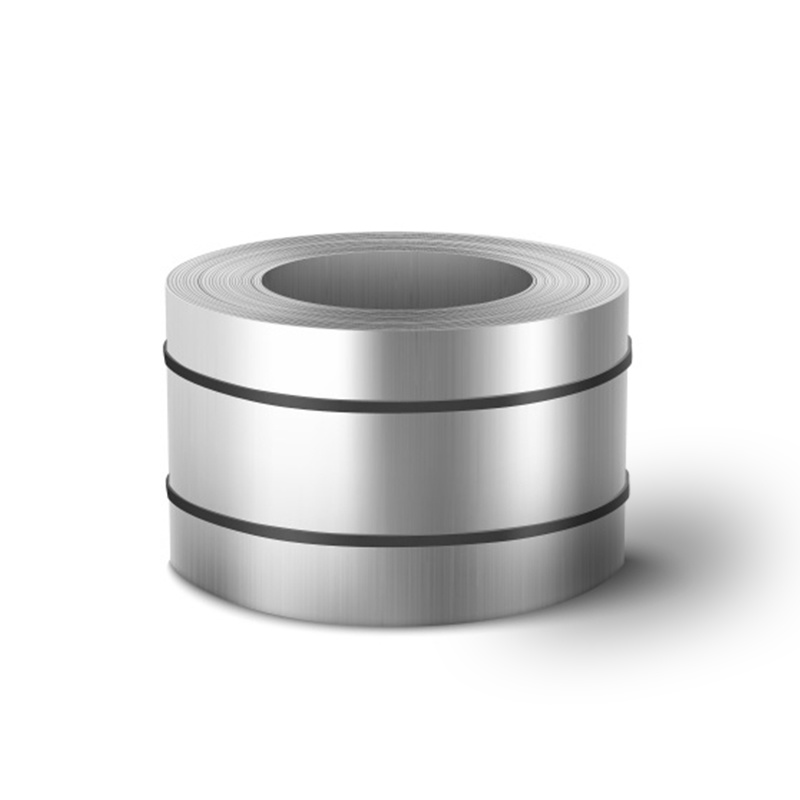
316 stainless steel also contains 2-3% molybdenum, in addition to iron, chromium and nickel. The addition of molybdenum significantly improves the performance of 316 stainless steel in certain corrosive environments,
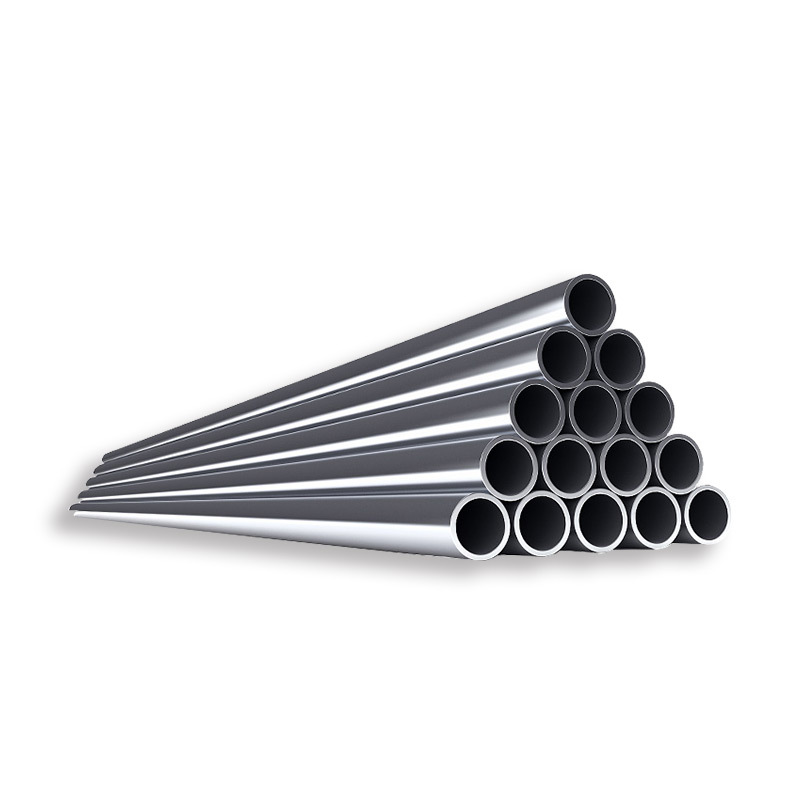
316Ti is a titanium stabilized version of 316 molybdenum-containing austenitic stainless steel. It is more resistant to general corrosion and pitting/crevice corrosion than traditional chromium-nickel austenitic stainless steels such as
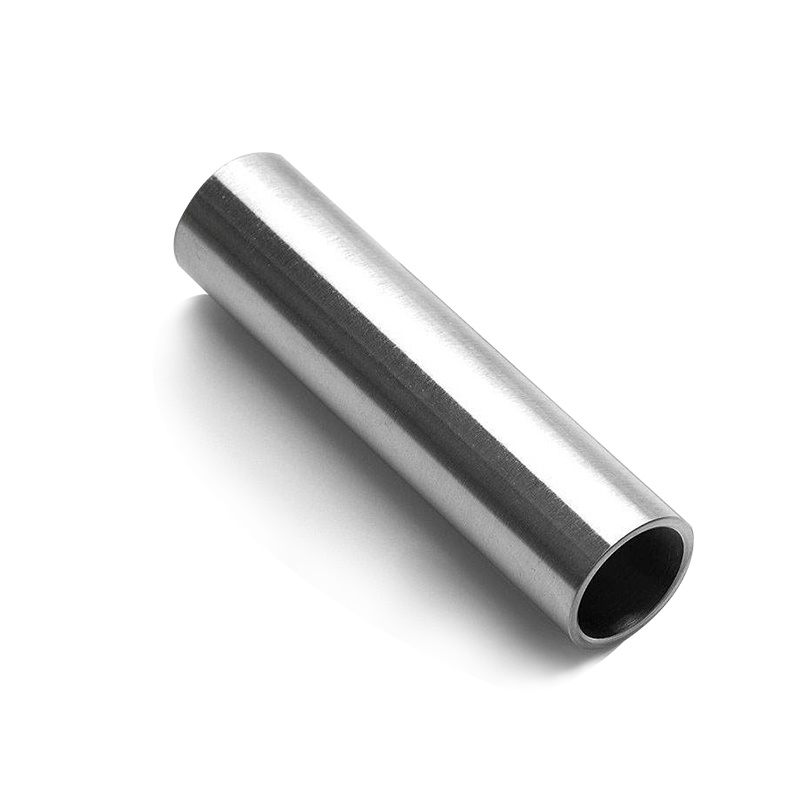
316 stainless steel contains 2-3% molybdenum, aside from iron, chromium and nickel. The addition of molybdenum significantly improves the performance of 316 stainless steel in certain corrosive environments, especially those
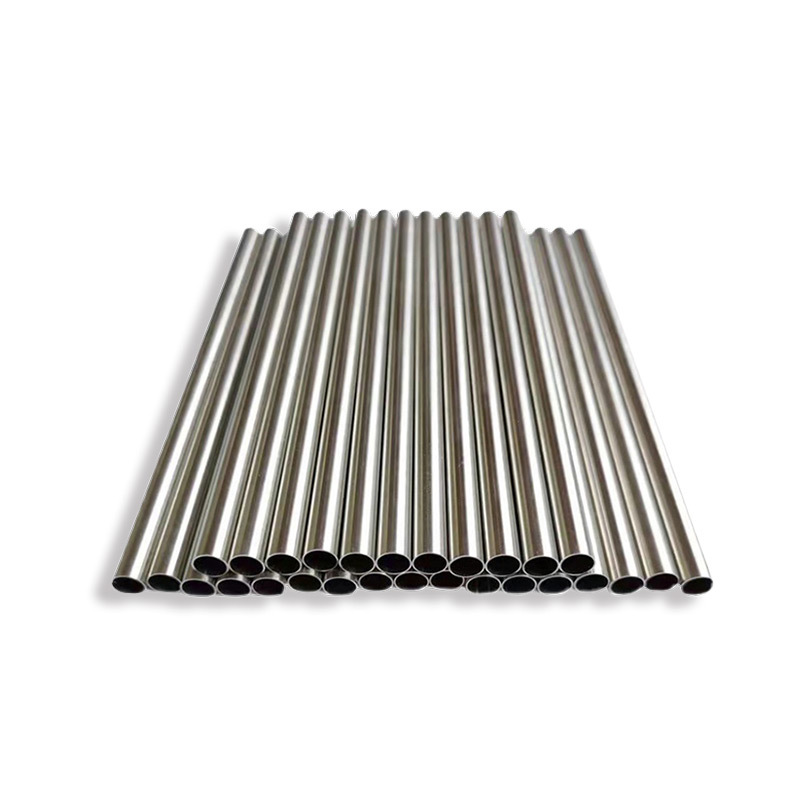
316L stainless steel has a lower proportion of carbon in its composition, the amount of carbon cannot go over 0.03%. This lowers the chance of carbon precipitation, making it an

310S stainless steel is austenitic chromium-nickel stainless steel, with good oxidation resistance, corrosion resistance, because of a higher percentage of chromium and nickel, it has better creep strength, can work
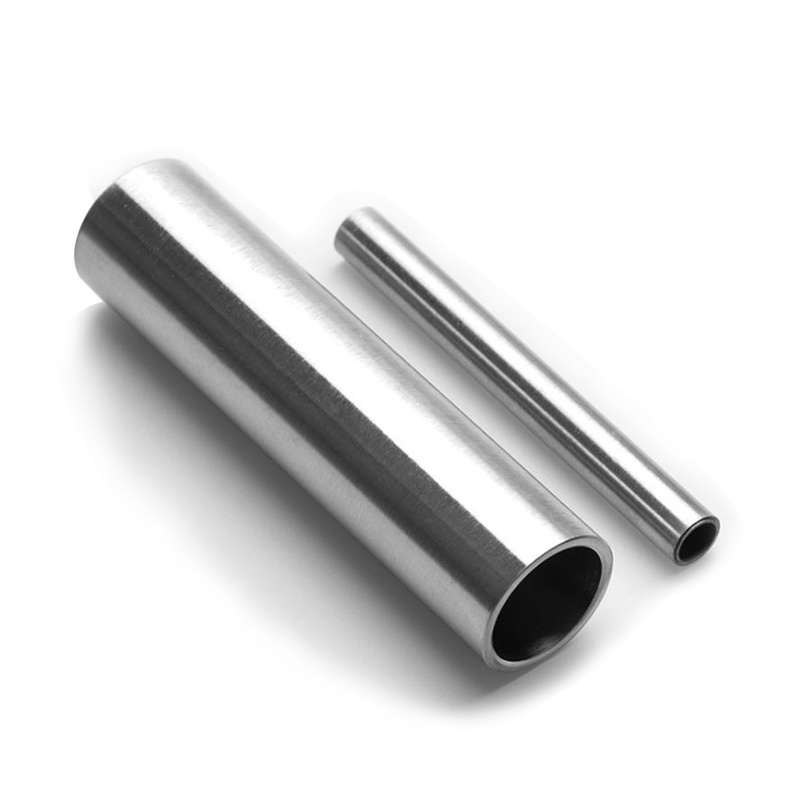
304 stainless steel is a highly-recognized material for its corrosion resistance, heat resistance, low temperature strength and mechanical properties. In addition, it has exceptional hot-workability such as stamping and bending,
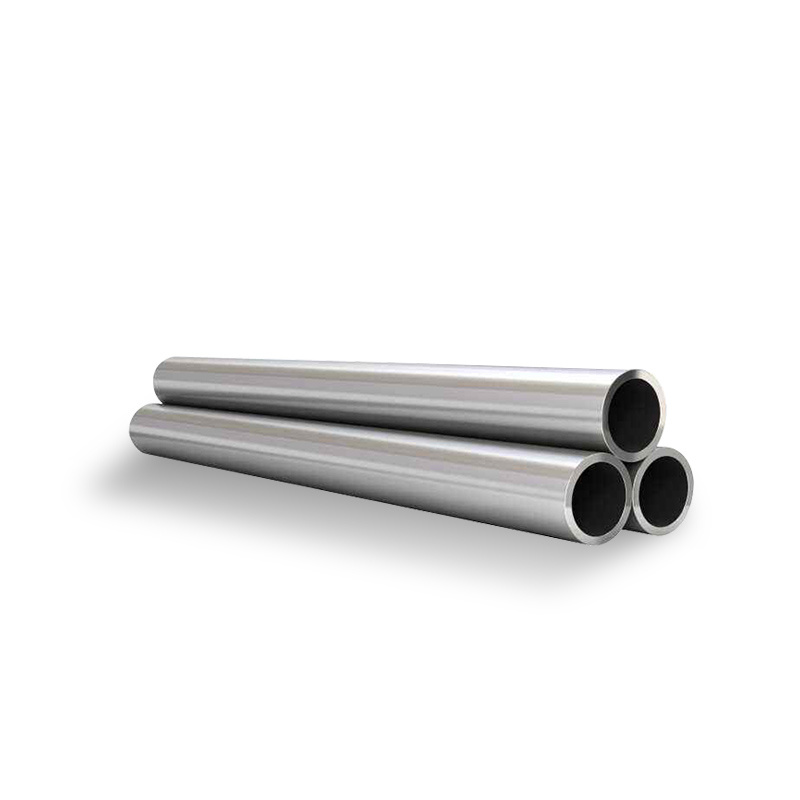
304L stainless steel has a very similar chemical composition to 304 stainless steel with one key difference. The maximum carbon content is set at 0.08% for 304, whereas grade 304L